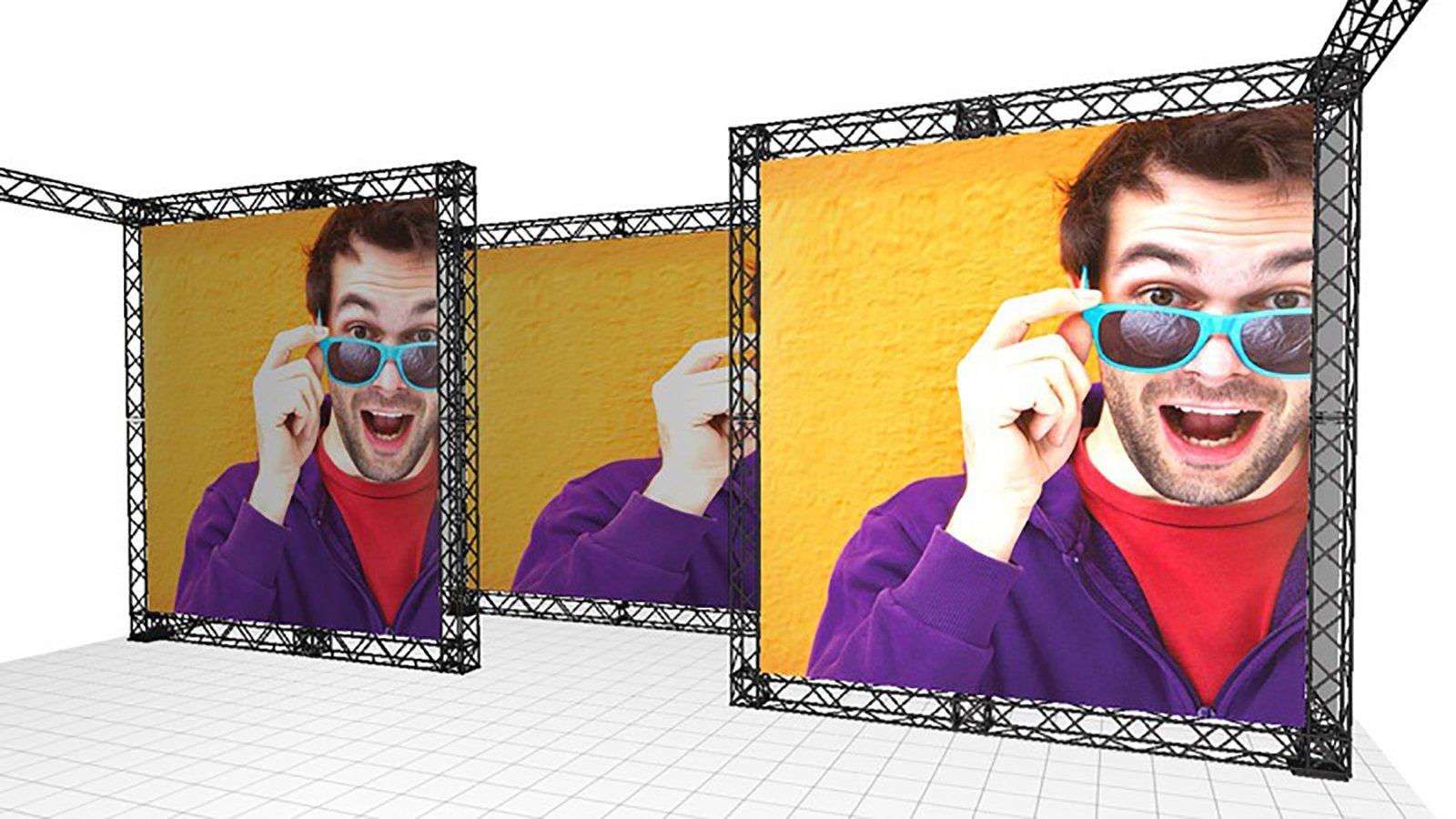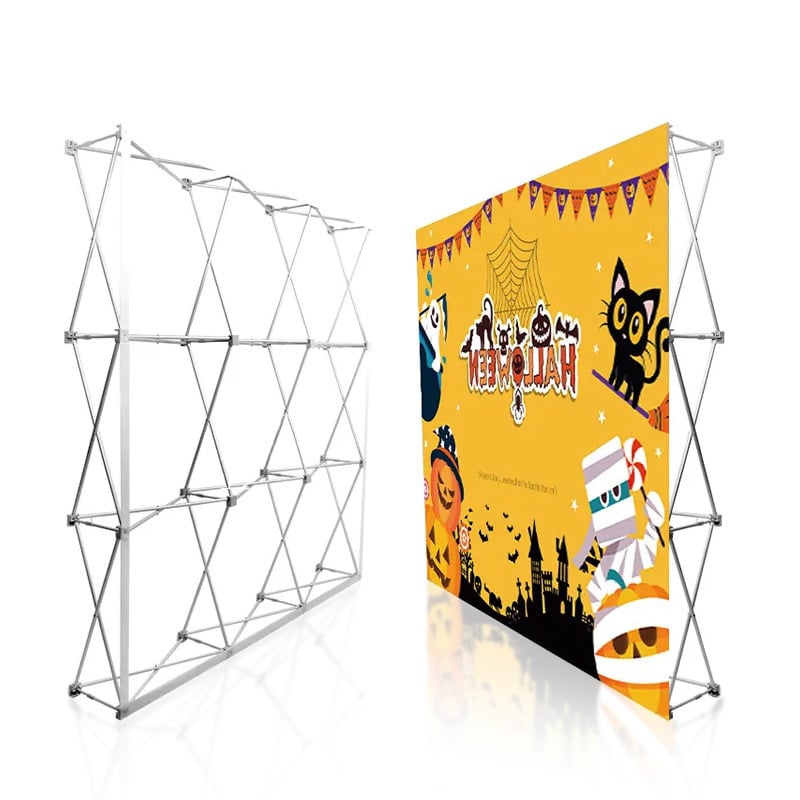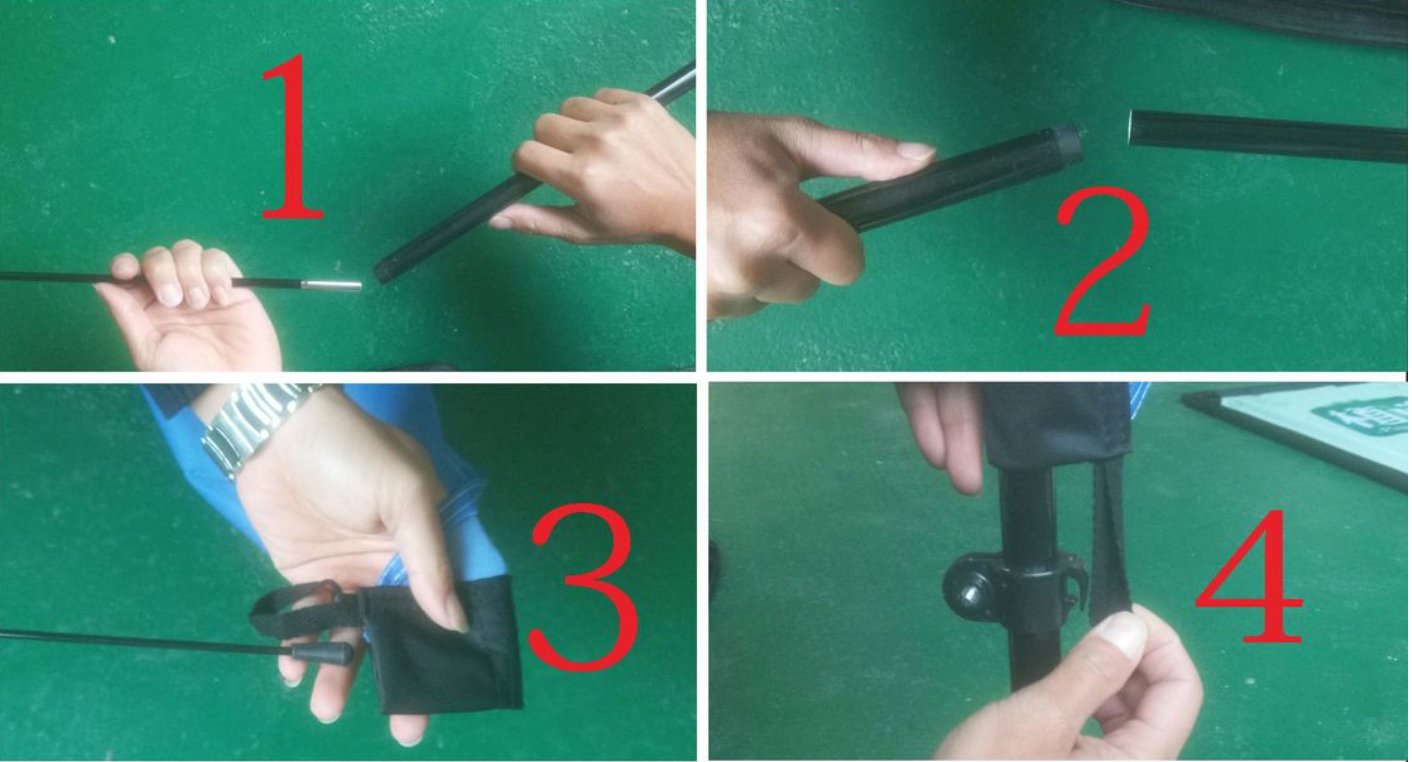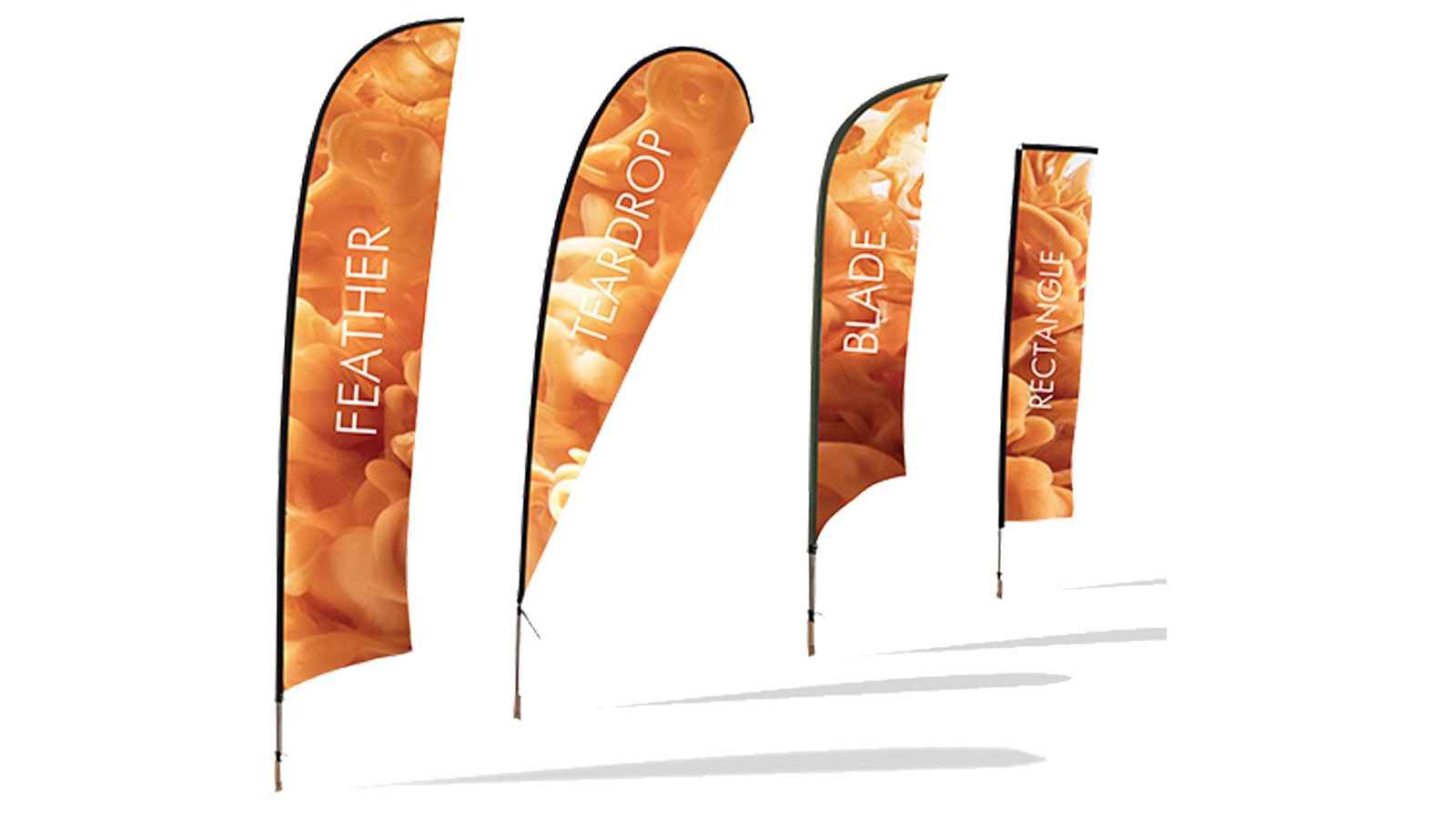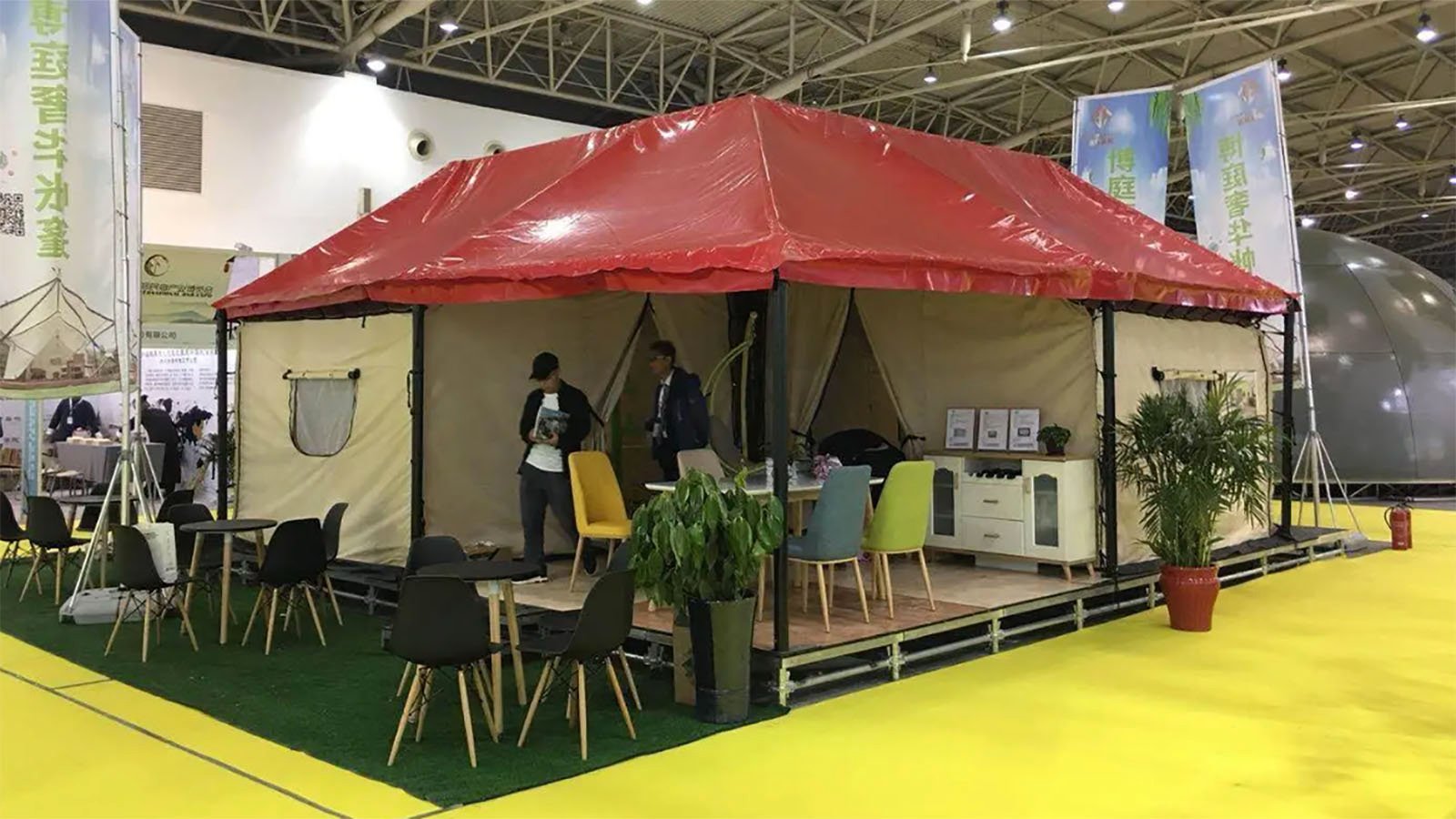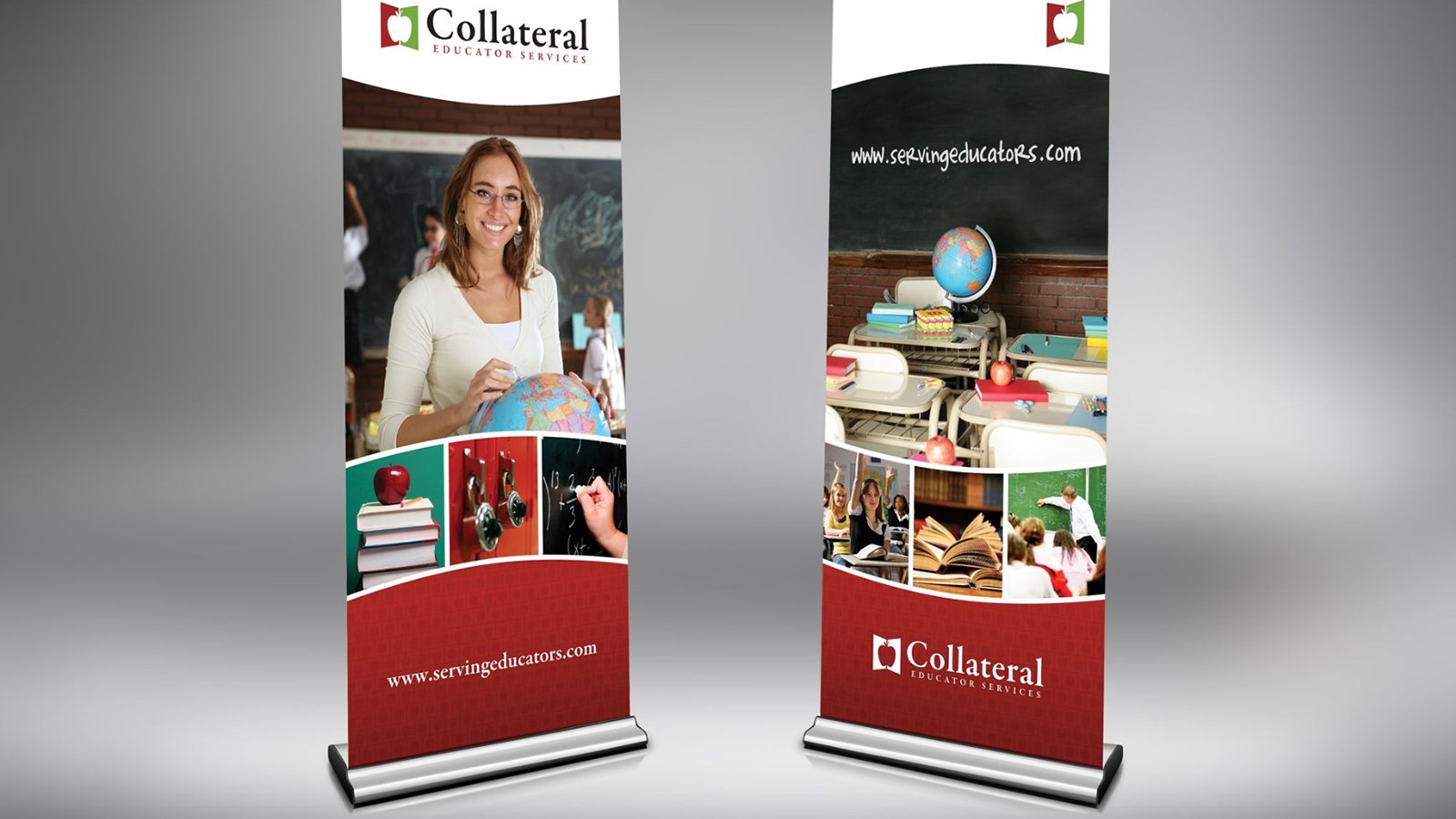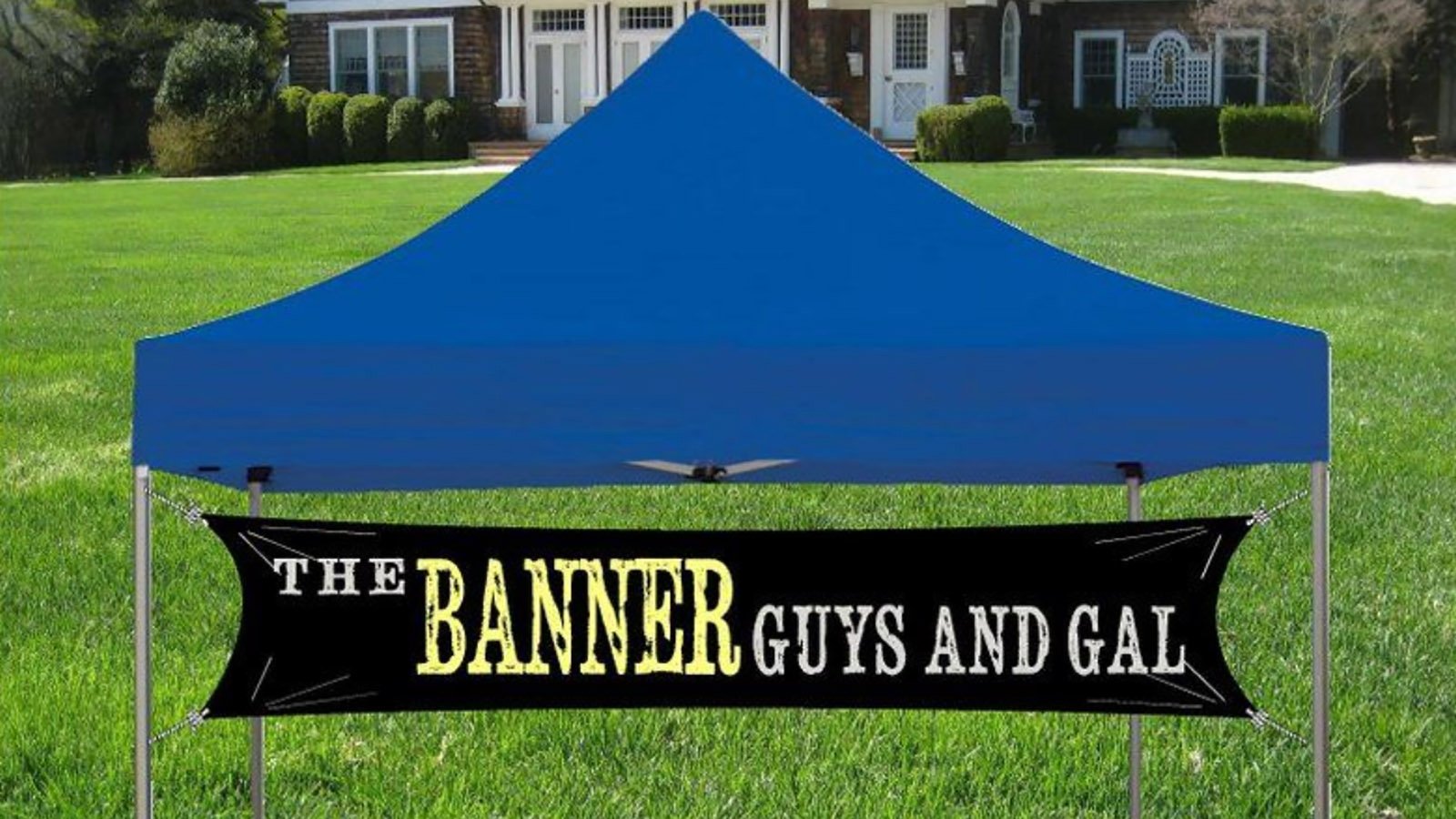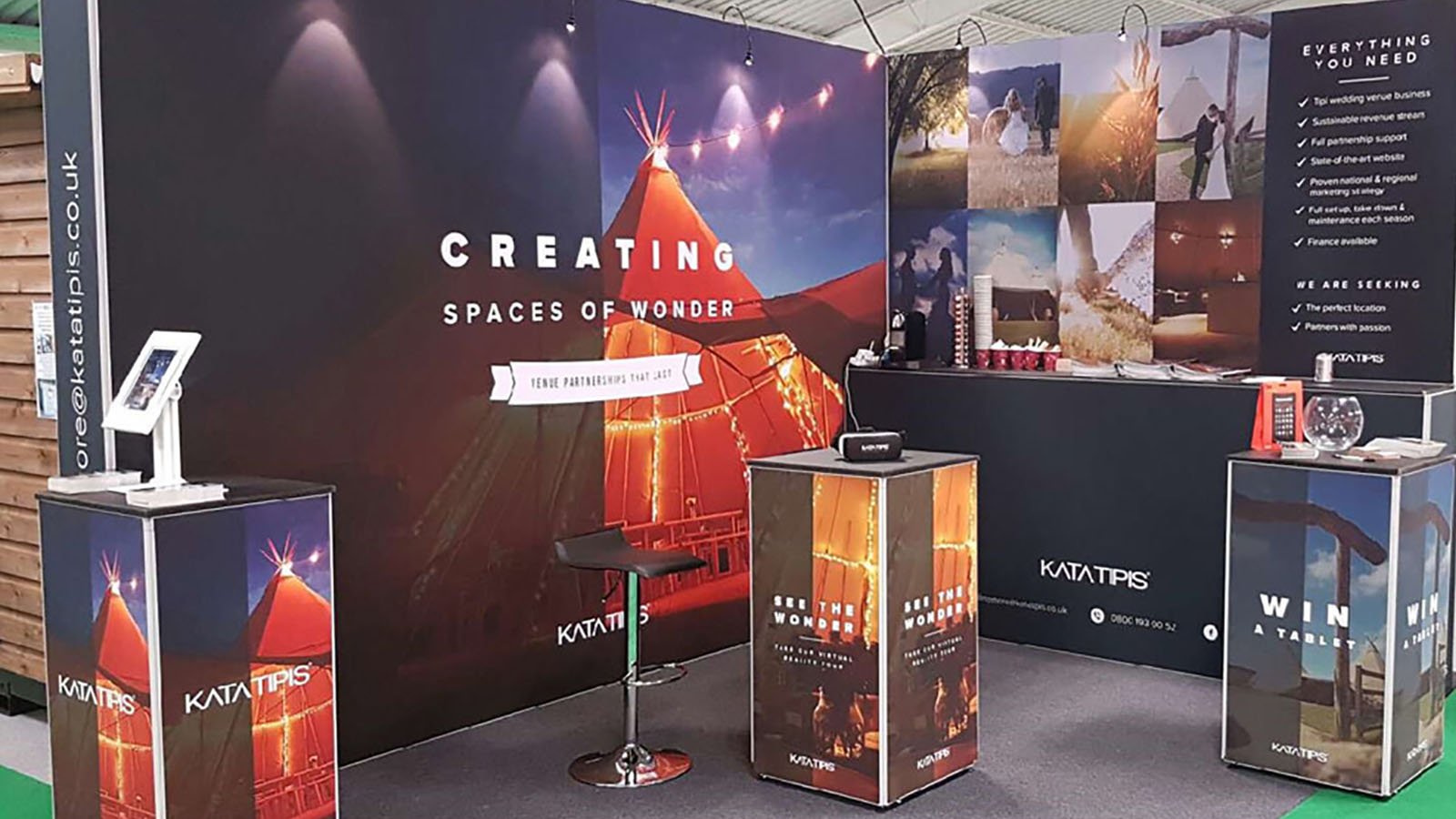Understanding the Factors that Affect the Cost of a Trade Show Display
Trade show displays are an essential part of any successful marketing strategy for businesses looking to make an impact in the industry. However, one common question that arises is, "how much does a trade show display cost?" The cost of a trade show display can vary significantly depending on various factors. In this comprehensive guide, we will explore the different aspects that influence the cost of a trade show display, helping you make an informed decision for your next event.
1. Size and Type of Trade Show Display
The size and type of trade show display you opt for will be one of the primary factors influencing the cost. Trade show displays come in various types, including pop-up displays, modular displays, island exhibits, and custom-designed exhibits. The larger and more intricate the display, the higher the cost is likely to be. Additionally, factors such as the materials used, special features, and customization options will also impact the overall cost.
2. Quality of Materials and Construction
The quality of materials and construction plays a crucial role in determining the cost of a trade show display. Displays made from high-quality materials such as aluminum or fiberglass tend to be more expensive than those made from cheaper materials. Similarly, displays that are built with durable construction methods and can withstand wear and tear are likely to have a higher price tag. While opting for lower-quality materials may reduce costs initially, it could lead to additional expenses in the long run due to repairs or replacements.
3. Graphic Design and Branding
Graphic design and branding are essential elements of a trade show display that help businesses attract attention and convey their message effectively. The complexity of the design, the number of graphics used, and the need for custom branding will impact the overall cost. Custom graphics and branding elements may require the assistance of professional designers or graphic artists, which can add to the total cost of the display.
4. Transportation and Shipping
Transportation and shipping costs are often overlooked when determining the overall price of a trade show display. The size, weight, and fragility of the display will influence the shipping costs. Additionally, if the display requires specialized packaging or handling, these additional services can also add to the overall expense. It is important to consider these costs when budgeting for your trade show display.
5. Installation and Dismantling Services
Some businesses may opt to hire professional installation and dismantling services for their trade show displays. While this can save time and effort, it is an additional cost to consider. The complexity of the display and the time required for installation and dismantling will impact the service charges. It is recommended to weigh the convenience and expertise offered by professional services against the additional expense.
6. Rental vs. Purchase
Another factor to consider when determining the cost of a trade show display is whether to rent or purchase. Renting a trade show display can be a cost-effective solution for businesses that participate in occasional trade shows or have a limited budget. On the other hand, purchasing a display provides more flexibility and long-term cost savings for businesses that participate in multiple events. Evaluating your trade show participation frequency and budget constraints can help you decide which option is more suitable for your needs.
7. Additional Features and Accessories
Trade show displays often come with various additional features and accessories that enhance their functionality and visual appeal. These can include lighting, audiovisual equipment, interactive elements, shelving, and storage options, among others. The inclusion of these features will add to the overall cost of the display. Carefully consider which features are essential for achieving your marketing goals and which ones can be omitted to stay within your budget.
8. Customization and Personalization
Customization and personalization options allow businesses to create a trade show display that aligns with their brand identity and stands out from competitors. However, these options can significantly impact the cost of the display. Customized elements such as unique shapes, colors, and materials require additional design and manufacturing efforts, which contribute to higher costs. Consider your branding requirements and the impact you want to make when deciding on the level of customization.
9. Maintenance and Storage
Once the trade show is over, it is important to consider the maintenance and storage requirements of your display. Displays that are easy to clean and maintain may have a higher upfront cost but provide long-term savings. Additionally, if you do not have sufficient storage space, you may need to rent storage facilities, which can add to the overall cost of owning a trade show display.
10. Return on Investment
Finally, while the cost of a trade show display is an important consideration, it is crucial to evaluate the potential return on investment (ROI) it can generate for your business. A well-designed and strategically executed trade show display has the potential to attract new customers, generate leads, and increase brand awareness, ultimately contributing to your business's growth and success. Balancing the cost of the display with the potential ROI is key to making a sound investment decision.






